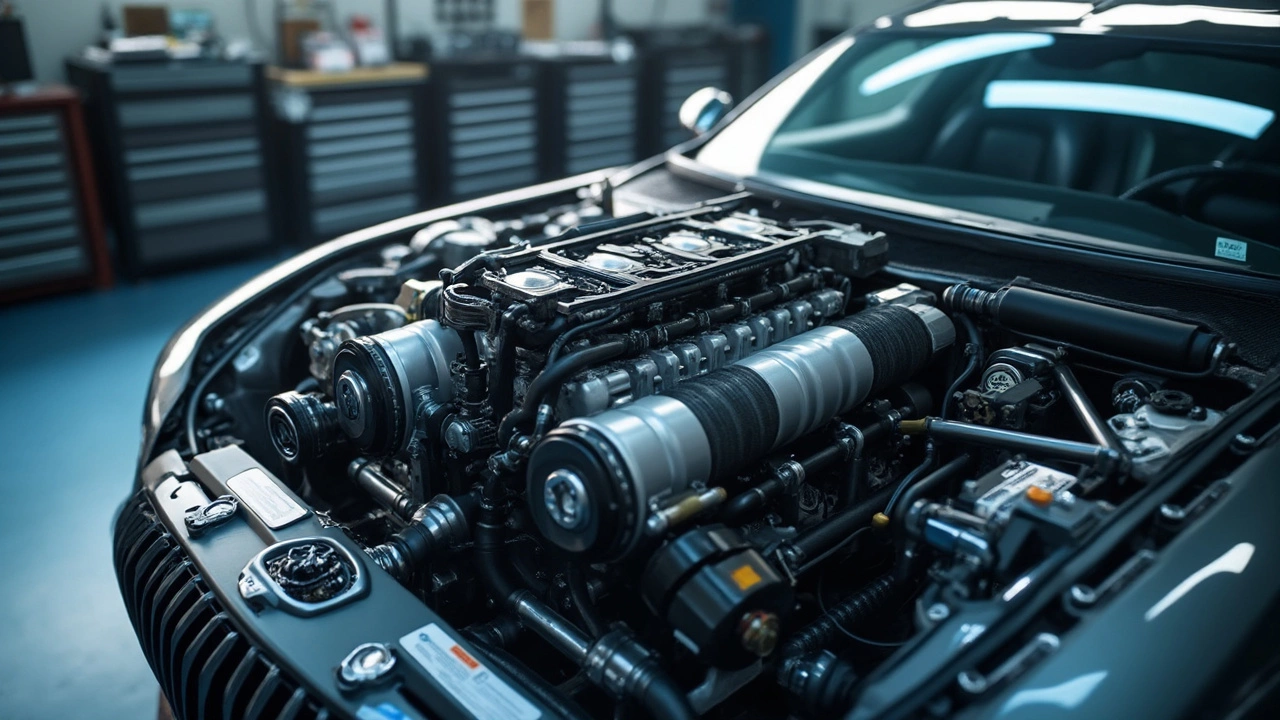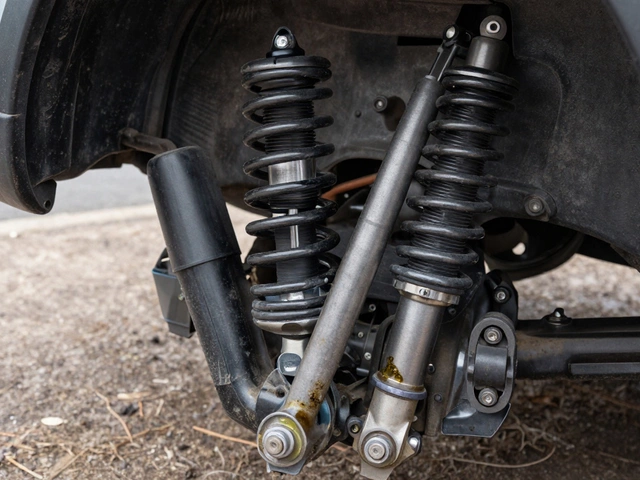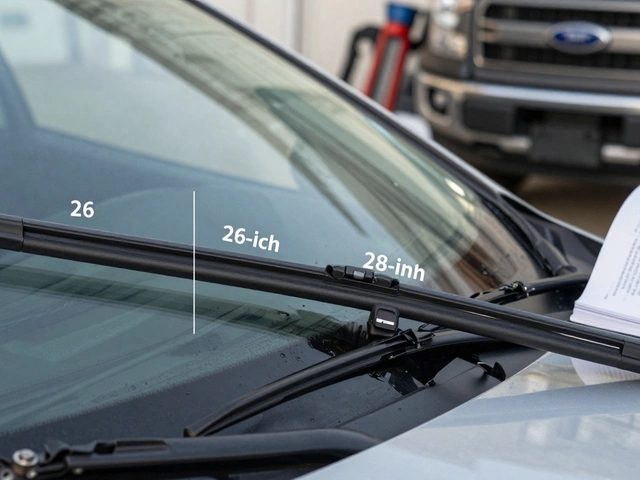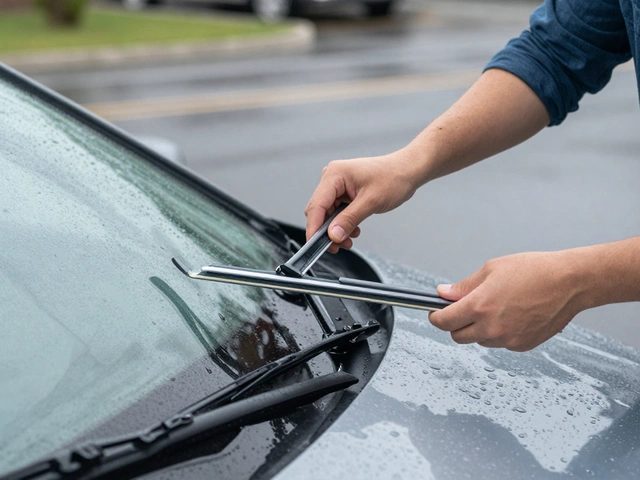Modern Vehicles: Key Systems, Common Issues, and What You Need to Know
When we talk about modern vehicles, cars built with advanced electronics, sensors, and integrated systems that require precise maintenance. Also known as computerized automobiles, they’re not just engines on wheels—they’re rolling networks of components that talk to each other. If your car’s check engine light comes on, it’s not always a simple fix. Modern vehicles track everything from oil pressure to exhaust flow, and a single sensor glitch can trigger a chain reaction. That’s why knowing how these systems work—not just what they do—is key to avoiding costly repairs.
Take the fuel pump, a critical part that delivers fuel from the tank to the engine under pressure. In older cars, a failing pump might just make the engine sputter. In modern vehicles, it can trigger multiple error codes, confuse the engine computer, and even shut down the car completely. You don’t always need an empty tank to replace it, but you do need to know the signs: hesitation on acceleration, trouble starting, or that sudden loss of power on the highway. And it’s not just the pump—its wiring, relay, and fuel filter all play a role. Ignoring early symptoms can mean a full fuel system overhaul.
Then there’s the brake rotors, the discs that your brake pads clamp down on to stop the car. Modern brake systems are designed for precision, but rotors wear unevenly, warp from heat, or get scored by worn pads. Some mechanics will tell you to resurface them. Others say replace them. The truth? It depends on thickness, driving habits, and how much wear is left. If your steering wheel shakes when you brake, or you hear a grinding noise, it’s not just the pads. You’re likely dealing with rotor damage—and driving on it longer risks brake failure.
And let’s not forget the suspension system, the network of shocks, struts, and links that keep your tires in contact with the road. Worn shocks don’t just make your ride bumpy. They reduce braking distance, cause uneven tire wear, and can even affect how your engine runs by changing the car’s weight distribution. Modern vehicles use sensors to monitor suspension behavior. If those sensors detect abnormal movement, they might trigger a warning you don’t understand. That’s why knowing how to spot bad shocks—like nose-diving when braking or excessive bouncing after a bump—isn’t optional. It’s safety.
These aren’t isolated problems. A failing fuel pump can overwork the engine. Worn brake rotors can overheat the calipers. Bad suspension can strain the steering and drivetrain. Modern vehicles are built for efficiency, but that also means everything’s connected. Fix one thing, and you might prevent three others. That’s why the posts below cover real, everyday issues you’re likely to face—no theory, no fluff. Just what to look for, what to check, and when to act before it turns into a bigger, pricier mess.





